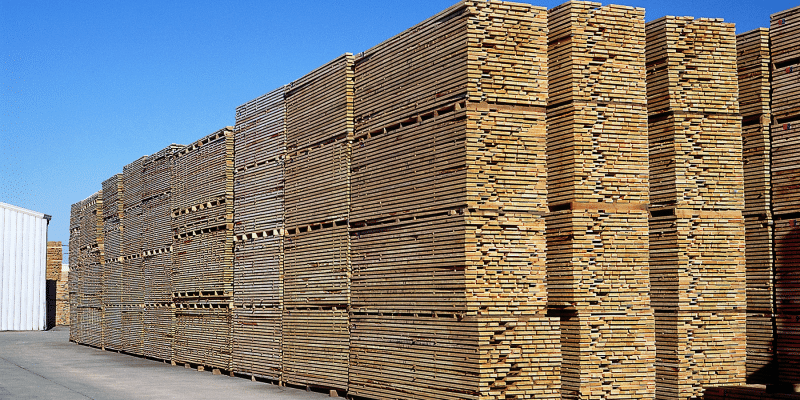I have been asked several times recently about the benefits of bamboo for flooring applications. I might get one question like that in a typical year, but over the past two months I have been asked about bamboo a half dozen times. I don’t know if this is the result of a marketing campaign on behalf of of the bamboo industry or a fluke. I was content to let the surge of interest in bamboo fade until I received an email this month from an American veneer manufacturer. The title of the email was “Bamboo – a renewable, LEED certified Wood”. The subtitle was “September Wood of the Moment: Bamboo”.
Let me make this point clearly: bamboo is not wood. It is a grass. From the Oxford dictionary definition of the word “wood”:
The hard fibrous material that forms the main substance of the trunk or branches of a tree or shrub.
After referring to bamboo as wood twice in the email, the author added this note: “Although bamboo is a grass, it still has the same consistency and color as wood”. It is true that bamboo is a grass. What is untrue is that it does not have the same consistency and color as wood. American hardwoods come in a wide variety of colors and grain patterns. Bamboo comes in only a few colors and very little variation in grain pattern.
This grass is harvested and rendered into a flooring or panel products in China using resins and adhesives that are not regulated in any way. There are over 1,600 different species of bamboo, only a few of which are suitable for flooring. When the bamboo flooring industry tells you that bamboo flooring is “harder than oak”, that is a broad generalization.
Bamboo grows quickly and gains a LEED point in building due to its “rapidly renewable” nature. Bamboo may be LEED certified, but it is not wood. From the US Green Building Council web page comes this statement about bamboo as an FSC certified building product: “bamboo is often used in many of the same applications as wood products, and is considered by the FSC to be a forest product despite its technical classification as a grass. Therefore, bamboo may be included in the calculations for both MRc6 and MRc7. If bamboo is added to the MRc7 calculations, all bamboo on the project (FSC or otherwise) must be accounted for in the value for all new wood-based components for the project.”
It is important to keep in mind that American hardwood trade organizations maintain quality control standards for hardwoods, there are no such organizations in China. Quality can vary wildly in bamboo flooring, as can the amount of formaldehyde off- gassing in flooring due to the glue and resins used in rendering this grass into a wood – like flooring product. All of the by-products of hardwood production is used in some way, while only about 65% of raw bamboo is used to make flooring. The leftover is usually burned.
After hardwood in application has outlived its usefulness, it can be re-purposed or if sent to a landfill, will decompose. Bamboo flooring, since it is mostly glue, will remain intact in a landfill almost indefinitely.
I represent the American hardwood industry as well as Frank Miller Lumber. I am very proud to represent an industry that produces a sustainable and beautiful product that adds beauty to the world that will last for generations. As a designer or consumer, there should be no reason other than short term cost savings, to choose bamboo over American hardwoods. American hardwoods carry environmental credentials that are empirically verifiable. Bamboo simply cannot stand up to that level of scrutiny. If you are making design decisions about flooring for your residential or commercial project and you are thinking of bamboo, you need to ask yourself if you want a Chinese “grass and glue” floor or a sustainable American hardwood floor. The answer will be obvious when you consider it in those terms.

